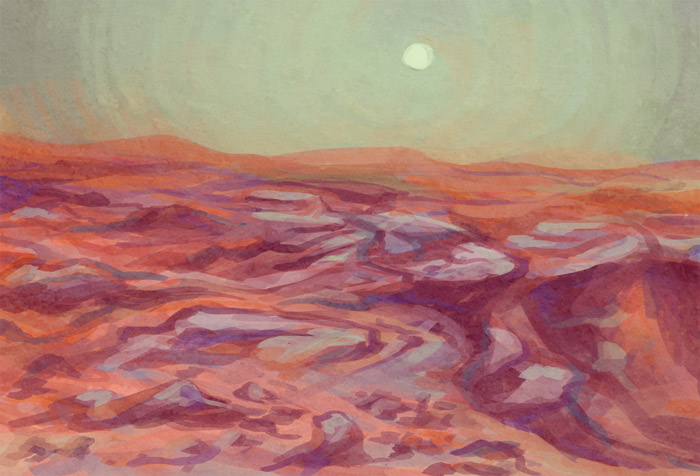What do a beer, a Roman Catholic religious order, and a newly discovered planetary system have in common? They are all named Trappist, but only one of the three could potentially hold the key to life beyond Earth. On Feb. 22, NASA announced the groundbreaking discovery of seven new exoplanets—planets found outside our solar system. They rotate around a dwarf star named TRAPPIST-1, located only 40 light-years (235 trillion miles) away from Earth. Three of these seven planets are located in the “habitable zone”—not too hot, not too cold—and could potentially harbor life.
Here is everything you need to know about the TRAPPIST system:
The Star
TRAPPIST-1 is an ultra-cool dwarf star located in the Aquarius constellation. In comparison to our own sun, TRAPPIST-1 is 10 times smaller and about two and a half times cooler. Instead of emitting light in the visible range, most of the radiation from TRAPPIST-1 is in the infrared spectrum, requiring specialized infrared telescopes to observe it.
TRAPPIST-1 stands for Transiting Planets and Planetesimals Small Telescope, but the astronomers chose the acronym to match their favourite Trappist beer, made by a cloistered religious order of Catholic monks of the same name.
The Planets
Seven planets orbit TRAPPIST-1. Importantly, researchers have calculated the densities of these planets and think that they are most likely rocky and therefore potentially habitable. Three of the seven planets orbit in the “habitable zone”—an area of ideal temperature for liquid water, also known as the Goldilocks zone. All seven planets range from about Earth-sized to slightly smaller.
Surprisingly, the planets were never directly observed. Instead, scientists used the “transiting method” to detect them, which involves measuring dips in star brightness that occur when a planet passes in front of it.
Living on these planets
You’d be a centenarian within 150 days. All seven planets orbit within a range much closer than that of Mercury around the sun. This means that one complete orbit around TRAPPIST-1 is only one and a half Earth days for the closest planet and about 20 days for the furthest one.
The sky would look pretty crowded. The exoplanets are all very close to each other, which means that if you were to look up from the surface of one planet, you would be able to see several of the other planets in the sky. These would look significantly larger than our moon and you would actually be able to see clouds or geological features on the neighbouring planets.
You’d have to travel to the other side of the world to see the night sky. Researchers think that the planets are tidally locked. This means that one side of each planet is permanently facing the star. In other words, one side of the planet is constantly bathed in light and the other is perpetually plunged in darkness. One obvious consequence of tidal locking is that there would be a large temperature difference between the two sides, meaning that if life were to exist on these planets, it would most likely be found in the region between the two sides, called the “terminator line.” Another likely consequence of the temperature difference would be some drastic weather patterns, such as strong winds blowing from the day to the night side.
What’s next?
The next step for astronomers is to determine the habitability of these planets. A new NASA telescope, the James Webb Space Telescope, will be able to detect any traces of water, methane, oxygen, ozone, and other components of a distant planet’s atmosphere. It will also be able to gather data on the planets’ temperatures and surface pressures. By 2018, astronomers might be even able to know if other habitable planets could be within reach.








